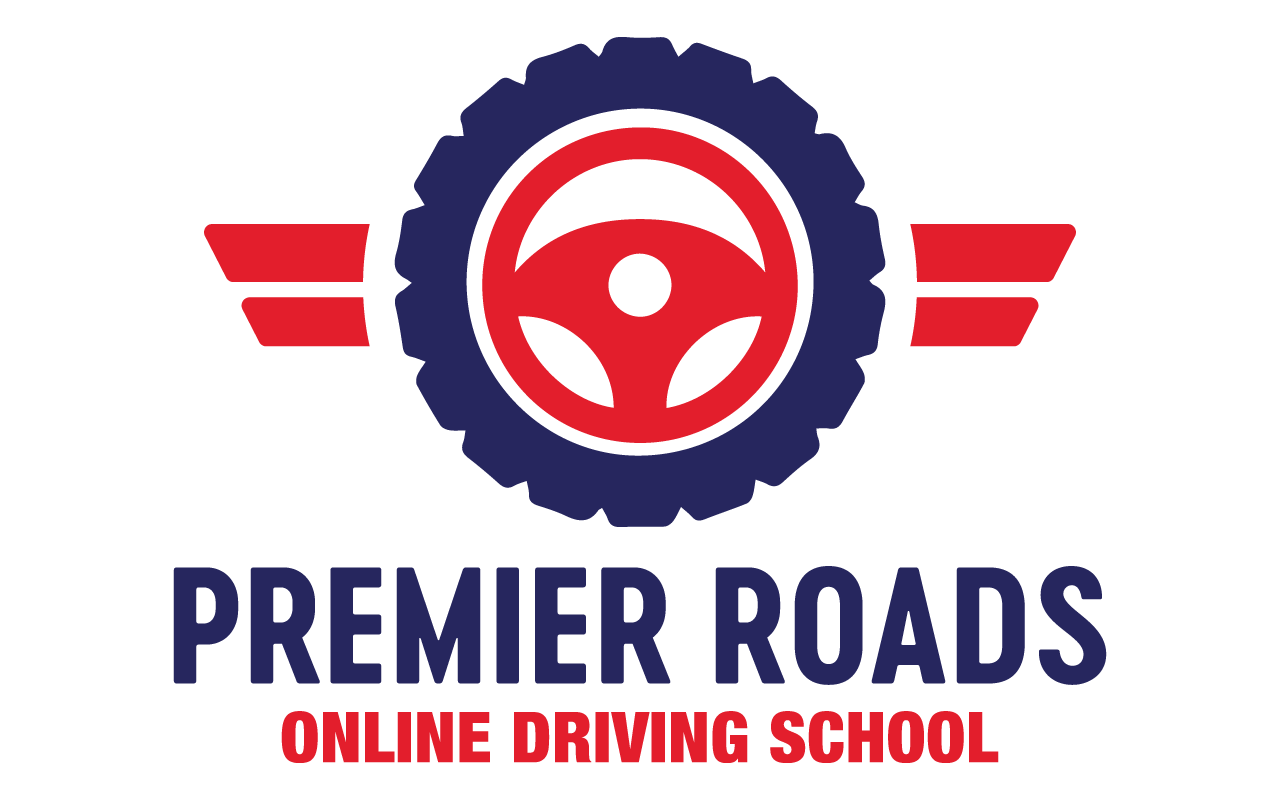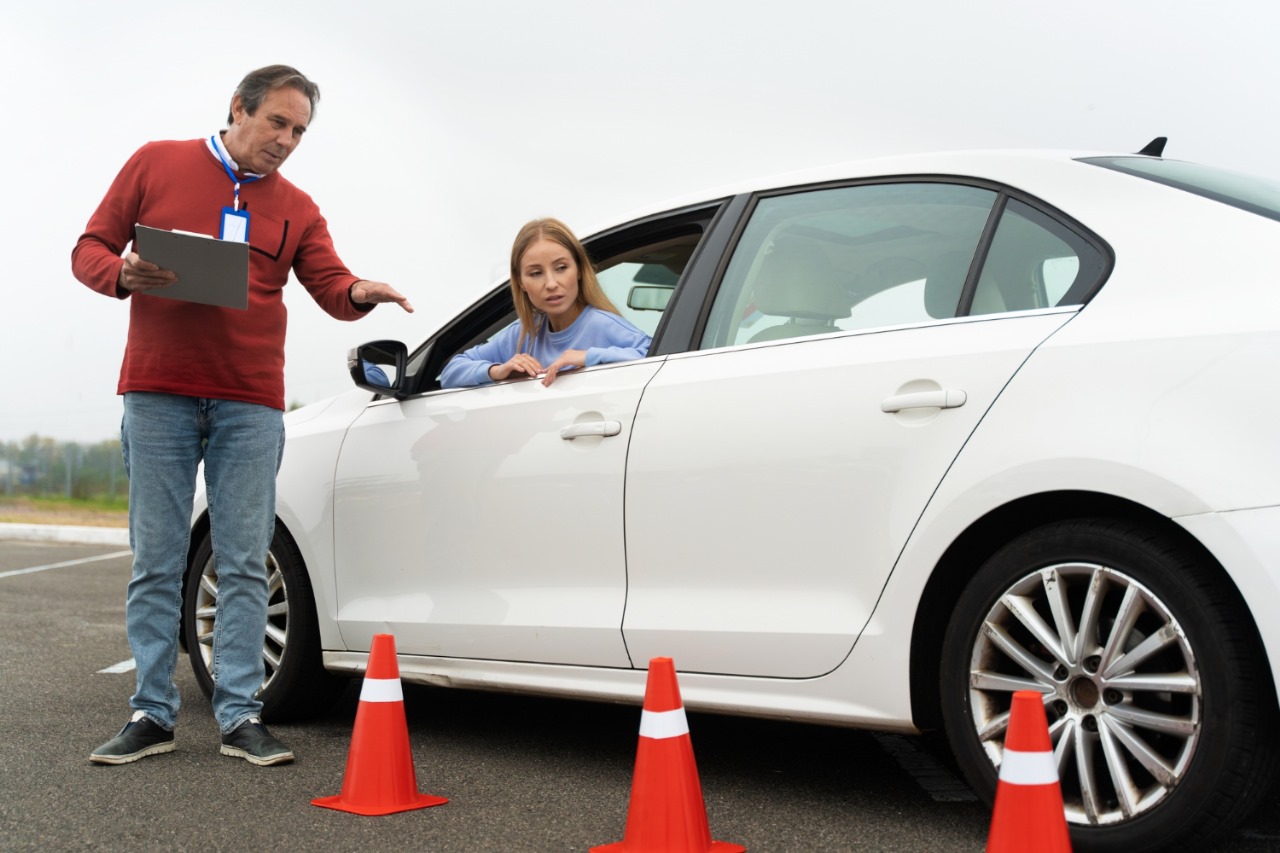The G road test Ottawa is the final step toward earning full driving privileges in Ontario, removing most restrictions that apply to G2 drivers. While the process may seem straightforward, passing it on the first attempt requires strong familiarity with testing expectations, Ottawa’s real testing environment, and proper preparation based on what examiners actually evaluate. This guide explains how to prepare, what to expect on test day, and how to avoid the mistakes that cause most Ottawa drivers to fail.
Understanding What the G Test Actually Evaluates
Unlike the G2 test, which focuses mainly on basic city driving, the Ottawa G driving test preparation must cover highway, merging, lane-changing, and advanced hazard anticipation. The Ministry of Transportation of Ontario (MTO) expects you to demonstrate complete independence and confidence — as if you were already fully licensed with no supervision.
Examiners will closely assess the following:
- Highway merging and lane discipline at 100 km/h
- Shoulder checks during every lane change or turn
- Speed management never over or significantly under the limit
- Space awareness (safe following & braking distance)
- Decision-making at yellow lights & intersections
- Observation of cyclists & pedestrians
- Correct execution of emergency roadside stop
If your current driving practice is limited to city streets only and you haven’t recently driven fast-paced 417 or 416 highway traffic you must reinforce this area during G road test requirements Ottawa training.
Step 1: Meet All Official Requirements Early
Before you book, confirm these G road test requirements Ottawa checklist items:
- G2 licence has been held for 12+ months
- Vision test passed during your G2 stage
- Fully insured vehicle available with licence plates + valid sticker
- Car must have functioning signal lights, brake lights, wipers, defrost, horn
If you plan to use a family or friend’s vehicle, do a dry inspection in advance. Several first-time candidates are turned away at the test centre over brake lights or bald tires before their test even begins.
Step 2: Book the Right Test Location Strategically
Many candidates choose their nearest location automatically but pass rates vary significantly across Ottawa centres.
Selection of Ottawa drive test center tips you should know:
| DriveTest Centre | Known For | Beginner-Friendly |
| Walkley Road | Heavy city traffic + unpredictable density | Moderate |
| Canotek Road | More industrial routes, less rush-hour pressure | Yes |
| Bells Corners | Mixed routes, sudden high-speed transitions | Moderate |
Step 3: Study Real Ottawa G Test Routes
This is where most independent learners struggle. Examiners do not announce the route before the test but test paths are fairly predictable. Many follow areas with multi-lane merges, fast-changing lights, or highway interchanges.
Researching real Ottawa G test routes in advance helps you prepare confidently. Look for features like:
- Merging into highway with short acceleration lane
- Flashing amber intersections at 60–70 km/h
- Steering through multiple roundabouts
- Residential speed change transitions (50 → 30 zones)
Driving only in familiar residential areas is one of the most common common mistakes in ottawa g test preparation patterns.
Step 4: Prepare With a Structured Checklist
Before test day, review this candidate-grade checklist so you do not miss fundamentals examiners look for:
- Shoulder check before AND after signaling
- Maintain highway speed not too slow “to be safe”
- Roll into highway at full confidence no hesitation at merge
- Stay centred within lane not hugging left or right edge
- Brake gradually no sudden braking unless emergency
- Mirror usage every 8–10 seconds during highway segments
- Smooth steering during roundabouts no abrupt correction
This one behaviour fails people most: hesitating excessively at highway entry. Ottawa examiners expect commitment, not over-cautious delays.
Step 5: Train for Ottawa Winter & Real Hazards
If your test is October–April, examiners factor in winter readiness. The exam does not end early just because of snow you must manage it confidently.
This is where winter driving tips for g exam become critical:
- Slow earlier winter braking distance doubles
- Avoid over-correction if ABS activates
- Turn into skid calmly not against it
- Defrost mirrors and windows fully before parking lot departure
Failing to fully clear your windshield or ignoring patchy snow on side mirrors contributes to ottawa drive test fail reasons often before your test even reaches the road.
Step 6: Practice Commonly Tested Advanced Manoeuvres
Beyond regular highway and city driving, the examiner will intentionally test skills that demonstrate full control of the vehicle in less predictable scenarios. During your Ottawa G driving test preparation, make sure to practice:
- Emergency roadside stop: Safely indicate, pull over fully, activate hazard lights, apply parking brake, and rejoin traffic confidently.
- Three-point turn: Controlled execution with mirror checks, shoulder checks, and no oversteering.
- Parallel parking: Smooth wheel control without touching curb or overshooting.
- Roundabout handling: Signal exit correctly, maintain speed control, and avoid wide turning arcs.
- Speed transitions: Adjusting immediately when entering 30 km/h, 50 km/h, or back to 80 km/h zones.
Ottawa routes often include roundabouts and residential turns with quickly changing speed limits, so your awareness and response time are part of the grading criteria.
Step 7: What to Expect on Test Day – Full Experience Walkthrough
Knowing the sequence helps reduce anxiety. A typical G road test Ottawa experience follows this pattern:
- Examiner calls your name, verifies licence & vehicle registration.
- Vehicle safety check lights, signals, horn, may ask you to use wipers.
- You begin with low-speed residential zone driving.
- Examiner directs you onto main arterials and toward major highways.
- You merge onto 417, 416, or similar expect speed limit adherence + lane discipline.
- Route transitions back to mixed traffic or school zone.
- Test ends back at parking lot no immediate feedback until stop.
Examiners remain neutral. Silence does not confirm failure or success. Focus purely on executing each instruction confidently and without assumption.
Step 8: Avoid the Top Failure Behaviours in Ottawa
According to repeated exam feedback, the most frequent ottawa drive test fail reasons include:
- Failure to do shoulder checks before lane changes
- Driving too slowly on highways (below safe traffic flow)
- Rolling stops at stop signs instead of coming to a full stop
- Excessive hesitation while merging
- Not checking blind spot during right turn at green light
- Forgetting to re-check mirrors after signalling
- Not adapting speed correctly during school/activity zone transitions
A single dangerous action (for example, forcing another vehicle to brake, drifting wide during a turn, merging without checking blind spot) will result in an automatic fail even if you drove perfectly during the rest of the test.
Frequently Asked Questions
How to pass the G test in Ottawa?
Understand the full scoring criteria, practise on real Ottawa G test routes, master highway merging at full speed, and avoid hesitation. Mirror checks every 8–10 seconds and clear, confident lane changes are essential. Also prepare specifically for emergency stop, roundabouts, and winter-adjusted braking if testing in cold months.
What are instant fails on a G test?
Any dangerous or illegal action results in immediate failure. This includes cutting off traffic, running a red or stop sign, failing to check blind spots before lane changes, speeding well over the limit, almost hitting pedestrians/cyclists, and extreme hesitation that disrupts traffic flow.
How many mistakes are allowed on a G driving test in Ontario?
The test uses a point-based deduction system. Minor errors are allowed to a certain threshold. However, one major safety error or multiple repeated observation errors (e.g., missing mirror or shoulder checks several times) will result in a fail. It is not about a fixed number but overall safety impression.
What is the no. 1 reason for failing a driving test?
Across Ottawa, the most common failure cause is not checking blind spots during lane changes or turns. Examiners prioritize active observation over perfect steering. Missing a shoulder check is graded as a serious safety risk.
What time is best for a G test?
Late morning or early afternoon (10 AM – 2 PM) is often preferred because school traffic and rush hour activity are minimal. Avoid early school opening times (7–9 AM) or peak end-of-day traffic (4–6 PM).
Final Thoughts
Passing the G road test Ottawa is less about perfection and more about proving calm independence, proactive awareness, and smart decision-making in real-world traffic. Examiners aren’t looking for overly cautious driving they want confident merging, proper mirror and shoulder checks, and smooth adaptation to changing conditions.
Many first-time passers credit their success to training with an MTO-approved local school like Premier Roads, where instructors focus specifically on real Ottawa test routes, examiner expectations, and common failure patterns. That type of preparation can quietly tip the odds in your favour without feeling rehearsed.
Ultimately, your goal should not be just to “avoid mistakes,” but to drive like someone already trusted with full responsibility. That mindset rather than memorizing instructions is what consistently separates first-attempt passers from those who retake.




